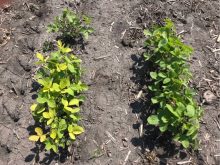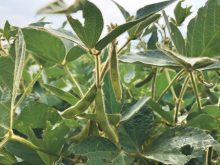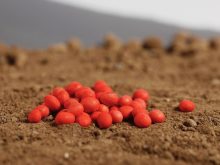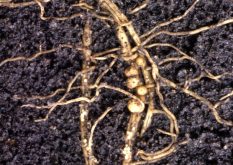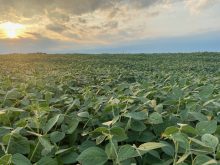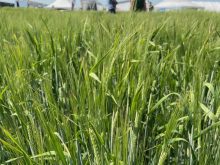Before we all get much farther into this book, it needs to be said: Folks, we’re not trying to bright-side climate change here.
It’s far beyond dispute that Earth’s climate is changing — in part due to natural factors over time such as changes in the sun’s radiation and the occasional volcano, but mainly due to what we, the people, have done and continue to do, coughing out gases that warm the planet at rates exceeding our capacity to adapt and protect ourselves accordingly.
It’s also clear that while disasters such as wildfire, floods, drought, storms and heat waves have always been around, climate change has exacerbated those — both in frequency and intensity. And when people lose homes, businesses and more, as has happened in recent months and years in Jasper, Fort McMurray, B.C.’s Fraser Valley, the Maritime provinces and elsewhere in Canada and worldwide, I wouldn’t want to be the one on Facebook claiming it’s all a hoax and these tragedies would have happened there sooner or later anyway.
Read Also

How much nitrogen can farmers really cut?
Manitoba fertilizer trials seek a sweet spot where farmers can cut nitrogen rates, with a nitrification inhibitor, without hurting yield and with fewer greenhouse gas emissions.
What’s more, I’m definitely not going to be the one getting in those people’s faces saying, “But hey, soon we’ll have clear sailing through the Northwest Passage.”
Or, “But hey, just think how much farther north and west we can grow soybeans.”
When we talk about climate change in the pages ahead, we’re talking about adaptation. That is, not every part of the world that already produces soybeans will be able to do so indefinitely. So if we — now, or someday soon — can reliably grow them across the Prairies and the crop is deemed of sufficient food, feed and industrial market value to fairly compensate growers for the effort, then it’s worth considering.
A key word there, of course, is “reliably.” As you’ll see in these pages, seed developers now want to improve the adaptability of their varieties as the conditions for ideal production ebb and flow, and are expanding their testing range for those varieties, to get a clearer picture of performance under those varying conditions and disease pressures.
Opportunities here in the West aren’t lost on these companies, either. It’s now not unheard of for a variety that underperformed in trials in Ontario and Quebec to find new life in markets across Manitoba and points west, if that variety’s maturity is sufficiently early.
If the time and money spent developing new varieties are now more likely to produce a return on investment, and to save work and germplasm otherwise headed for the scrap heap, that’s certainly good news.
Just don’t call it the bright side.




